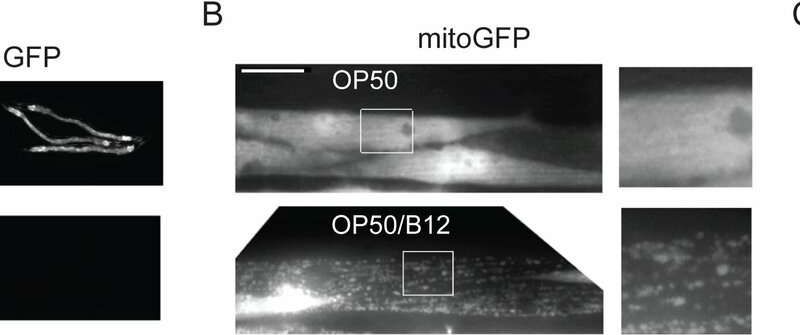Japan is hoping to play a lead role in crafting international rules on what has been called lethal autonomous weapons systems or LAWS.
Japan is planning to give its backing to international efforts to regulate the development of lethal weapons controlled by artificial intelligence at a UN conference in Geneva late this month, government sources said Saturday.
It would mark a departure from Japan’s current policy. The government was already opposed to the development of so-called killer robots that could kill without human involvement. But it had called for careful discussions when it comes to rules so as to make sure that commercial development of AI would not be hampered.
With the policy shift, Japan is hoping to play a leading role in crafting international rules on what have been called lethal autonomous weapons systems, or LAWS, the sources said.









